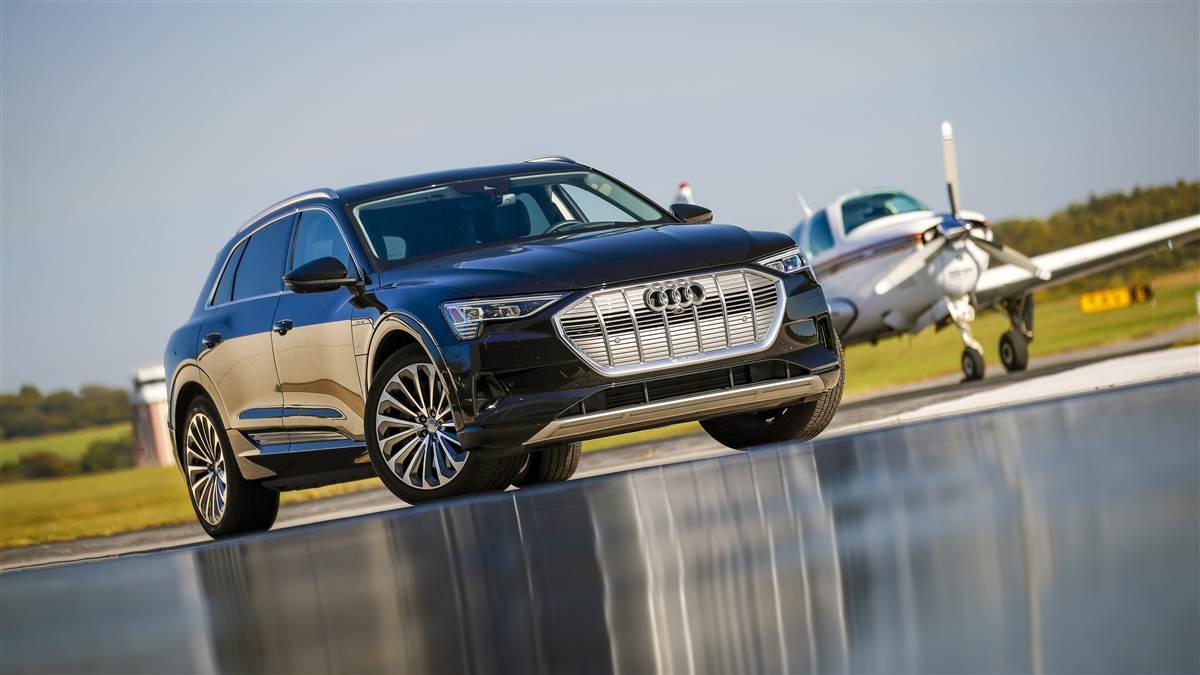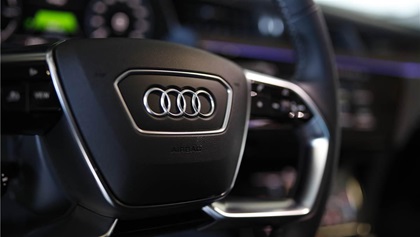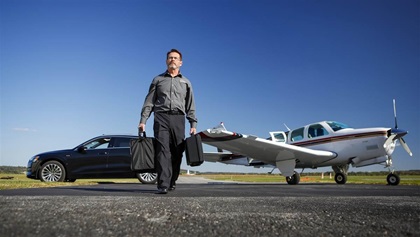Perspective: Flipping the switch
Comparing electric aerial vehicles to those on the road

For transportation, the biggest challenge isn’t creating electric motors of the required capability, it is delivering the electricity. There are several options; among them batteries, hydrogen fuel cells, and hybrids with a good old-fashioned ICE serving as a generator. All three are playing out in ground vehicles: buses, cars, tractors, and—most enduringly—train locomotives. And while progress is slower in aviation, we’re seeing testing of all three in various types of aerial vehicles.
Bye Aerospace, for example, is nearing certification of a two-place, battery-powered electric Part 23 airplane. Student pilots in numerous countries outside the United States have been learning to fly in Pipistrel’s battery-powered Alpha Electro light sport aircraft (the FAA doesn’t yet officially recognize electric propulsion in LSAs). Zero Avia is flying an electric Piper Malibu in the United Kingdom with the energy coming from a hydrogen fuel cell. Ampaire is flying a Cessna 337 in California with the front ICE replaced by a battery-powered electric motor. The hybrid project will soon be conducting demonstration flights with Mokulele Airlines in Hawaii. And, of course, more than 250 companies are developing various electric vertical takeoff and landing vehicles, some of them using various hybrid schemes.
While these and numerous other such projects are progressing, none is anywhere close to being “routine.” Meanwhile, though, in the automotive world, electric propulsion is much closer to being an everyday sort of transportation.
Because we have no transmissions in our airplanes, we are used to continuous acceleration when we shove the throttle forward on the Continental or Lycoming engine during takeoff. A conventional car with a transmission hesitates slightly as it shifts, but an electric car is just pure acceleration—more like an airplane. Unlike an airplane, though, an electric car is quiet. In fact, the newest electric cars actually generate an engine-like noise on purpose at slow speeds to alert pedestrians.
Range on the first generation of battery-powered airplanes will be limited (see “P&E: hp versus kW” p. 82). The Alpha Electro, for example, is mostly meant to be a pattern trainer. The Bye eFlyer 2 two-placer trainer will allow for a 1.5-hour flight lesson with reserves. However, the eFlyer 4, a four-place, higher-performance aircraft, is projected to fly for several hundred miles.
Electric cars and airplanes both have the ability to regenerate, putting energy back into the batteries as the car brakes or the airplane slows or descends with the propeller returning energy. It happens automatically in a car when brakes are applied. However, the driver also can manage it via a steering wheel paddle, applying up to three levels of recuperation, depending on the circumstances.
Not surprisingly, the prices are not at all comparable. Electric cars are well under $100,000; even the most basic GA airplane, including pending electric ones, will set you back several multiples of that.
Email [email protected]
Road tested
A great way to get to the airport
 I had the opportunity recently to spend some time with the state of the art in electric automobiles when I drove a 2019 Audi e-tron SUV for about a month. I was intrigued by the e-tron because it is Audi’s first all-electric car. For 2021 and beyond, the company is offering the e-tron in both SUV and Sportback models.
I had the opportunity recently to spend some time with the state of the art in electric automobiles when I drove a 2019 Audi e-tron SUV for about a month. I was intrigued by the e-tron because it is Audi’s first all-electric car. For 2021 and beyond, the company is offering the e-tron in both SUV and Sportback models.
The SUV resembles a Q7 in size and look, but is in fact an all-new platform. With a curb weight of 5,154 pounds, the e-tron is 370 pounds heavier thanks to its 36 battery modules, each of which has 12 battery cells. Should any module or cell fail, it can be easily replaced.
All those batteries deliver the equivalent of 402 horsepower—quite a punch when unleashed. The heavy vehicle accelerates to 60 mph in about 5.5 seconds. As you might expect, the flagship electric Audi comes with a host of amazing electronics as well, including a head-up display, self-park capability, auto braking, traffic sign recognition, adaptive cruise control, lane guidance, adjustable suspension for different types of roads—and even off-road—as well as a host of cameras to allow you to view everything around you in tight parking situations. An optional infrared system will alert you to people and critters on the road.
While the driving and safety tech are pretty awesome, it is creature comfort where the car is head and shoulders above any light general aviation experience you’ve ever had. First off, the “cabin” of the Audi is amazingly quiet, even at high speeds. The seats adjust in dozens of ways to assure your comfort—and the front seats are both heated and cooled. And while driving, you can get one of three different types of back massages, each available in three levels of intensity. All this while you’re breathing ionized air that you can have scented in one of three ways. The wrap-around in-cabin night lighting is elegant and adjustable to a variety of colors. Getting in and out at night is easy with lighted door sills and subtle lights shining down from below the door handles. It’s a first-class experience.
Base price of a 2021 e-tron is $65,900. Well-optioned, it goes for around $81,500. With a top speed of 124 mph, the Audi “flies,” but only in two dimensions. Still, a great way to get to the airport. —TBH

 About that charge
About that charge

